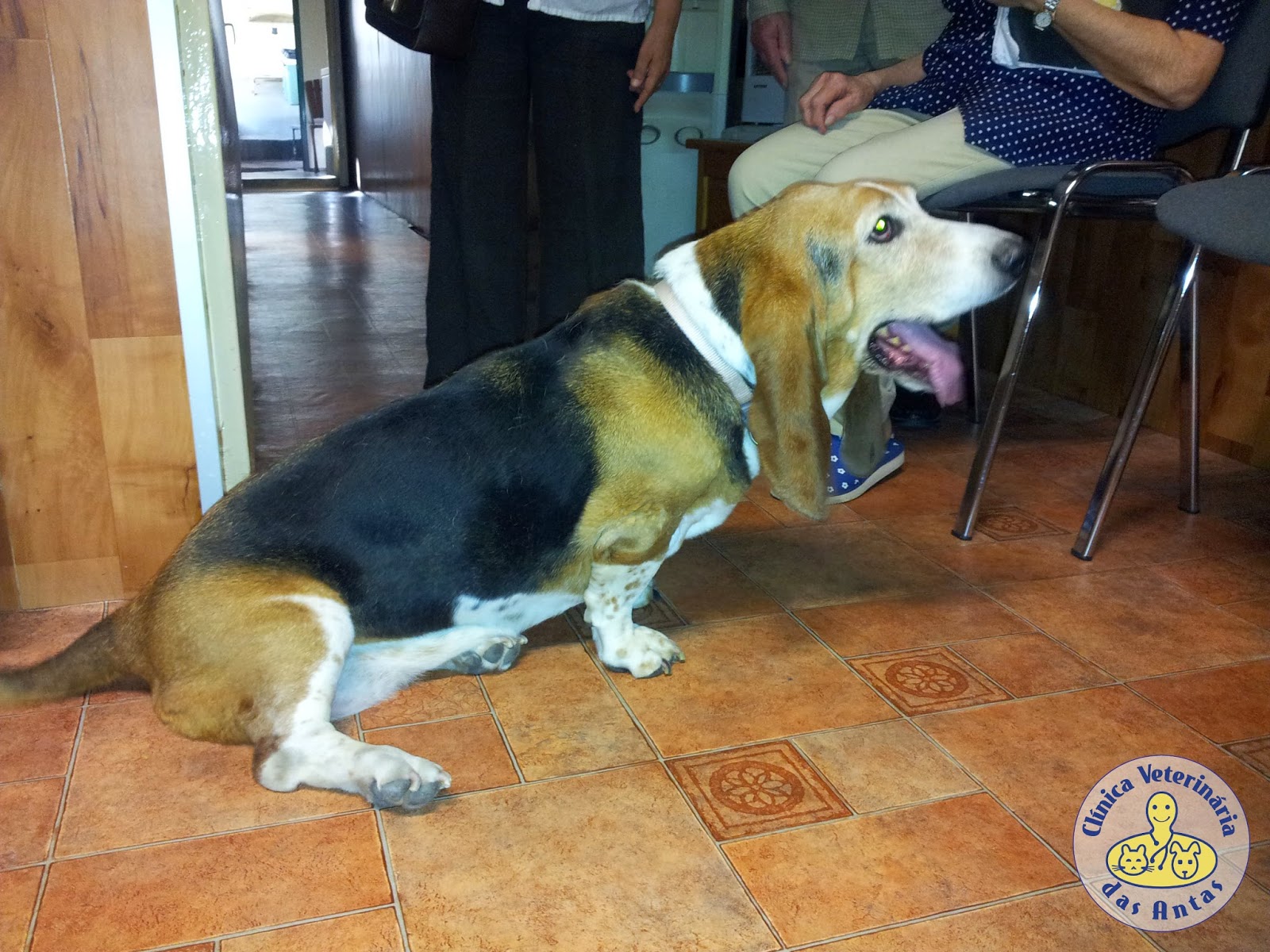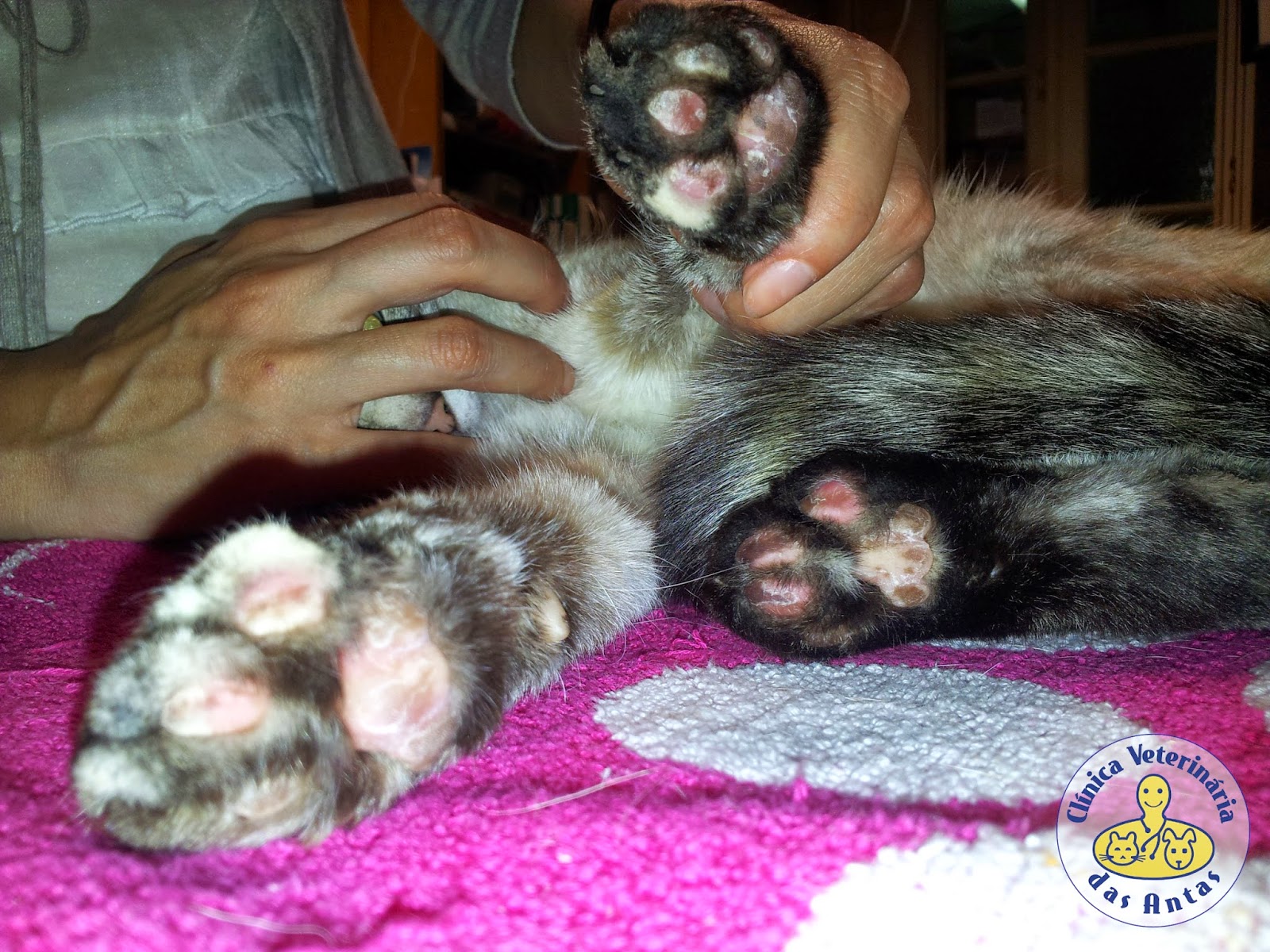No seu artigo, a Dra. Karen Becker idêntifica 15 plantas comuns que são venenosas para seus animais de estimação / In her article, Dr. Karen Becker
identifies 15 common plants which are poisonous for your pets:
- Lírio / Lilly:
 |
| Fonte da imagem: blue-hearts.deviantart.com |
Os Lírios são tóxicos, em particular para os gatos.
A parte venenosa desta planta ainda não está identificada, por isso é melhor simplesmente evitar ter os lírios em sua casa se tiver um animal de estimação. A ingestão ainda que de uma pequena quantidade de planta pode causar grave insuficiência renal.
Lilies are particularly toxic for
cats. The poisonous part of the plant hasn't yet been identified, so your best
bet is to simply avoid lilies around your home if you also have a pet,
especially a cat. Exposure to just a tiny amount of the toxin in a lily plant
can cause severe or even fatal kidney disease.
- Marijuana:
 |
| Fonte da imagem: www.jardimdomundo.com |
Se o seu cão ou gato ingerir qualquer quantidade de marijuana, pode ocasionar depressão do sistema nervosa central, perda de coordenação, vómitos, letargia, taquicardia, convulsões e coma.
If your dog or cat ingests any
portion of a cannabis plant, the result can be depression of the central
nervous system, loss of coordination, vomiting, lethargy, increased heart rate,
seizures, and coma.
-
Palmeira Sagu / Sago Palm:
 |
| Fonte da imagem: plants2you.com |
Esta variedade de palmeira é perigosa para ambos cães e gatos. Todas as partes da planta são tóxicas, especialmente as sementes. Só uma ou duas sementes podem tornar o seu animal doente, com salivação, vómitos, letargia, convulsões e insuficiência hepática aguda.
This variety of palm tree is
dangerous for both dogs and cats. All
parts of the sago are toxic, but especially the "nuts" or seeds. Just
a seed or two can make your pet desperately ill with drooling, vomiting,
lethargy, seizures and acute liver failure.
-
Tulipa / Tulip:
 |
| Fonte da imagem: kansasfirstnews.com |
A planta é tóxica para seu animal, sendo os bolbos os mais venenosos do que as folhas ou caules. Os bolbos da tulipa podem causar grave irritação gastrointestinal, salivação, perda de apetite, depressão de sistema nervoso central, convulsões, e anomalias cardíacas.
The entire tulip plant is toxic to
your pet, but the bulbs are more poisonous than the leaves or stems. Tulip
bulbs can cause serious gastrointestinal irritation, drooling, loss of
appetite, depression of the central nervous system, convulsions and cardiac
abnormalities.
- Azaléa / Azalea:
 |
| Fonte da imagem: flowerinfo.org |
Espécies desta planta contem grayano toxina, o composto que vai causar sintomas gastrointestinais em seu gato ou cão, incluindo edemas, diarreia e vómitos, inclusive coma e morte.
Species of this plant contain
grayano toxin, a compound that will cause your dog or cat gastrointestinal
symptoms including bloating, diarrhea and vomiting. Ultimately, ingestion of
azaleas can result in coma, cardiovascular collapse and death.
-
Oleandro / Oleander:
 |
| Fonte da imagem: www.botanikus.de |
Todas as variedades de oleandro são venenosas para cães e gatos. A planta contem glicosídeos cardíacos que pode causar morte súbita causada por insuficiência cardíaca.
All varieties of the oleander plant
are poisonous for both dogs and cats. This plant contains cardiac glycosides
that can cause sudden death from heart failure.
-
Mamona / Castor Bean:
 |
| Fonte da imagem: deesgardens.com |
A planta de Mamona é letal para ambos cães e gatos. Os feijões desta planta contem uma toxina que chama-se rícino. O rícino pode causar dores e dilatação abdominais. O envenenamento mais grave pode causar espasmos, convulsões, coma e morte.
The castor bean plant is deadly to
both dogs and cats. The beans of this plant contain a toxin called ricin. Ricin
can bring on abdominal pain and bloating, and swelling of the mouth and any
other part of the gastrointestinal tract the bean oil comes in contact with.
More serious poisoning can cause twitching, seizures, musculoskeletal
convulsions, coma and death.
-
Cíclamen / Cyclamen:
 |
| Fonte da imagem: springcreekgardens.net |
O Cíclamen é uma planta doméstica muito comum e as suas raízes são tóxicas para cães e gatos. O sintoma mais comum é irritação gastrointestinal que resulta em vómitos graves.
Cyclamen is a common houseplant with
roots that are toxic to dogs and cats. The most common symptom from ingestion of
cyclamen is gastrointestinal irritation resulting in severe vomiting.
-
Coentros / Cilantro:
 |
| Fonte da imagem: icdolores.blogspot.com |
Os coentros podem causar irritação gastrointestinal e arritmias cardíacas no seu animal de estimação.
The cilantro plant can cause
gastrointestinal irritation and cardiac arrhythmia in your pet.
-
Teixo / Yew:
 |
| Fonte da imagem: www.agroportal.pt |
Esta planta, tanto como todas as plantas de família taxus pode causar problemas graves para cães e gatos.
The yew plant and in fact, all
species of the taxus or yew family of plants can cause serious problems for
both dogs and cats.
-
Amaryllis:
 |
| Fonte da imagem: www.arghyagardens.com |
Os sintomas de envenenamento por Amaryllis, também é conhecida como Planta da Páscoa, são vómitos, letargia e depressão.
Symptoms of poisoning from the
amaryllis, also known as the Easter plant, are vomiting, lethargy and
depression.
-
Açafrão-do-prado /Autumn Crocus:
 |
| Fonte da imagem: www.rossevansgardencentre.com.au |
O Açafrão-do-prado, é uma planta que encontra-se muito frequentemente nos jardins. Pode irritar a boca do seu animal de companhia causando diarreia e vómitos com sangue.
The autumn crocus, a plant commonly
found in gardens and yards, can irritate your pet's mouth and cause diarrhea
and bloody vomiting.
-
Hedera helix / English Ivy:
 |
| Fonte da imagem:www.thenewecologist.com |
Todas as espécies da família Hedera contêm uma toxina que se chama triterpenoides. Esta substância pode causar irritação gastrointestinal que resulta em dores abdominais, vómitos e diarreia.
All species of the ivy family
contain a toxin called triterpenoids. This substance can cause your pet
gastrointestinal irritation that results in abdominal pain, vomiting and diarrhea.
-
Schefflera:
 |
| Fonte da imagem: en.wikipedia.org |
A Schefflera contém oxalatos de cálcio que podem provocar inflamação bocal, esofágica e estomacal no animal. Os sintomas de que o seu cão ou gato ingeriu essa planta são vómitos, diarreia, hipersalivação e dificuldade em deglutir.
Schefflera contains calcium oxalates
that can cause severe irritation to your pet's mouth, esophagus and stomach.
Signs your dog or cat has ingested this plant are vomiting and diarrhea,
drooling and difficulty swallowing.
-
Pothos / Jiboia:
 |
| Fonte da imagem: www.mnn.com |
Outra planta doméstica muito comum é a Jiboia. Tanto os cães como os gatos são sensíveis à Jiboia. Esta planta pode causar inflamação dos tecidos na boca do seu animal. Isso pode resultar em edema lingual e sangramento das mucosas. Se o seu animal doméstico a mastigar pode ter dificuldades em deglutir.
Another very common houseplant is
the pothos plant. Both dogs and cats are sensitive to the pothos, which can
cause soft tissue irritation in your pet's mouth resulting in swelling of the
tongue and sometimes bleeding of the mucus membranes. If your pet chews on a
pothos leaf, he may also have difficulty swallowing.
Tradução / Translation: Clínica Veterinária das Antas

































